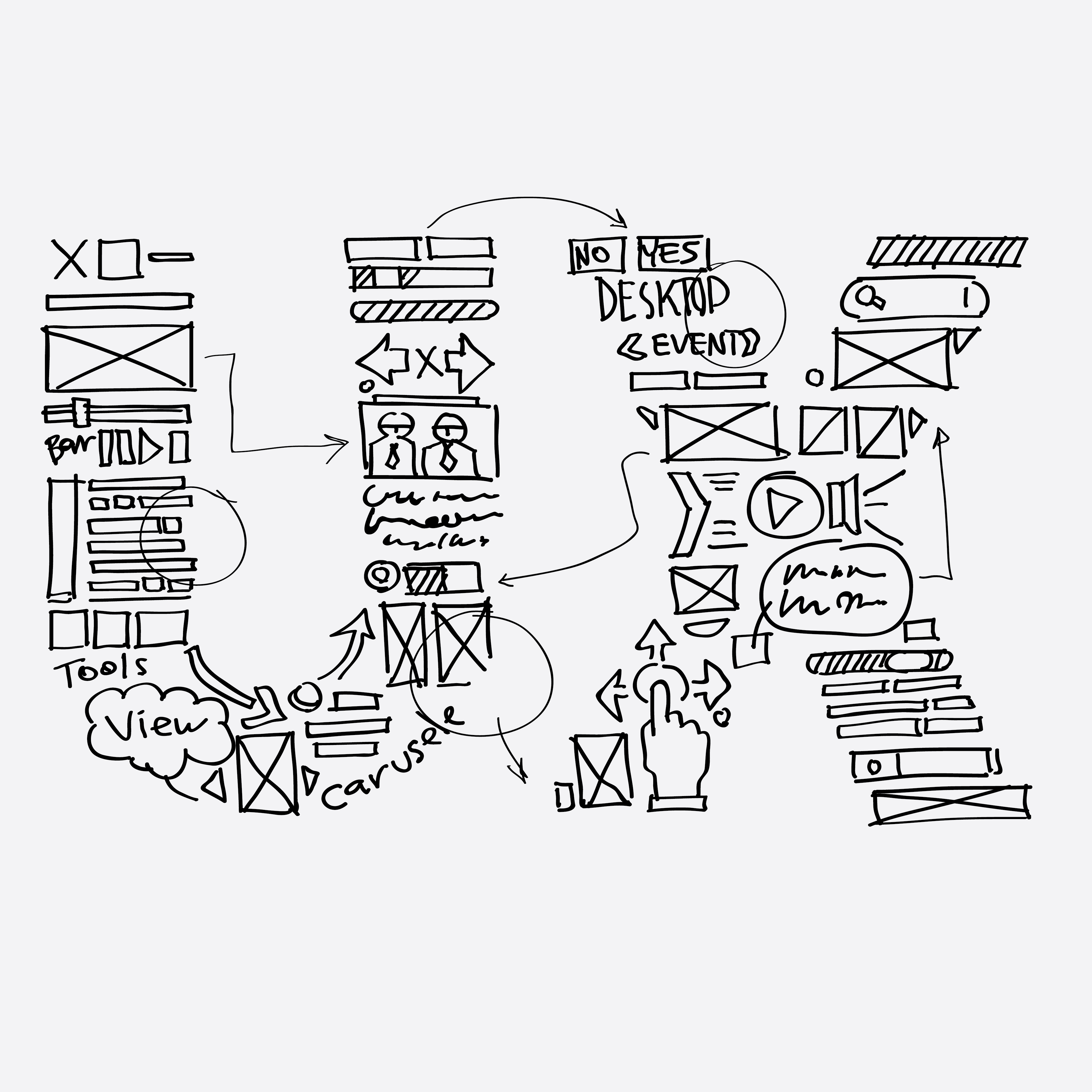 Earlier in this space, we talked about the meaning of digital transformation, both for business in general and for AndPlus in particular. For today’s post, let’s dig a little deeper and explore what motivates businesses to seek such a thing.
Earlier in this space, we talked about the meaning of digital transformation, both for business in general and for AndPlus in particular. For today’s post, let’s dig a little deeper and explore what motivates businesses to seek such a thing.
By way of review, we at AndPlus define “digital transformation” as organizational change through the use of digital technologies and business models to improve performance. This includes a business objective (typically improvement of some key performance metric), a foundation of one or more digital technologies, and organizational change (processes, people, and strategy).
Flavors of Digital Transformation
Given this definition, digital transformation can take many forms. Here are some examples.
- Brick-and-mortars to online storefronts: One of the most obvious applications of digital transformation is adding an online storefront to supplement (or replace) a retailer’s physical presence.
- Traditional to digital marketing campaigns: Among the oldest notions of digital transformation involves extending marketing campaigns from traditional media (print and broadcast) to websites and social media.
- Paper-based to digital processes: Business records, memos, and other documents that once existed solely on paper are now going increasingly electronic, and not just by using email in place of paper memos. Documents can be created, modified (with full version control and change tracking), and routed for approval with electronic signatures using online collaboration tools.
- Manual to automatic processes: Robots, artificial intelligence, and more are automating dirty, dangerous, and tedious tasks in manufacturing, security, healthcare, and other industries.
- Physical to virtual teams: The internet enables the use of low-cost communications and the previously mentioned collaboration tools for far-flung team members, who now are often scattered across not just time zones but international boundaries and oceans, to work as effectively as they would in the same office.
- Business intelligence: Corporate decision making is increasingly informed by leveraging the mountains of business data that is collected every day.
Digital Transformation Motivations
Why do businesses want to undertake digital transformations? The answer is different for each business, but most of their motivations fall into a few categories:
- Cost savings. Done correctly, process automation can reduce labor, material, and overhead costs. Other digital transformations, such as virtual teams, can reduce travel and facilities costs.
- Increasing productivity and efficiency. Transforming processes to the digital realm can increase the efficiency, accuracy, and productivity of those processes. For example, digitizing paper processes can increase their effectiveness by reducing the time wasted by printing, transporting, losing, searching for, and retrieving (or recreating) paper documents, along with the confusion of having multiple versions of the same document floating around.
- Responding to changing customer demands. Increasingly connected and mobile customers (in both B2B and B2C contexts) are driving many transformations in the way businesses engage, communicate with, and serve customers.
- Responding to changing competitive landscapes. If your competitors are undergoing digital transformations, you may need to do so as well, or get left behind by their more efficient, connected, automated, data-driven processes.
Digital Transformation Is Not Free…or Easy
The downside of digital transformation? It’s hard to do.
The difficulty lies not, generally speaking, in the technology itself. In most cases, multiple off-the-shelf digital solutions are available for a given business problem and can be applied easily. The hard part is organizational change: Recognizing and accepting that a company’s future growth and competitiveness depends on adopting new, digital-based technology, even when the existing process seems to be working just fine; getting buy-in from everyone, from the C-suite to the shop floor; and managing the transformation to minimize confusion, disruptions, and dissatisfaction (both within and outside the organization).
At AndPlus, we’re here to help businesses execute their digital transformation strategies, where they involve custom software and cutting-edge technologies. But we’ll be the first to ask a client if they’ve really thought it through: Are you addressing the right issues? Are you automating a process you shouldn’t be doing in the first place? Do you have the commitment from upper management to see it through? And so on.
A digital transformation for its own sake is doomed to failure. Success with a digital transformation starts with people and processes before involving technology of any kind. A business will reap the benefits of a digital transformation project only when they truly understand their motivations.

















